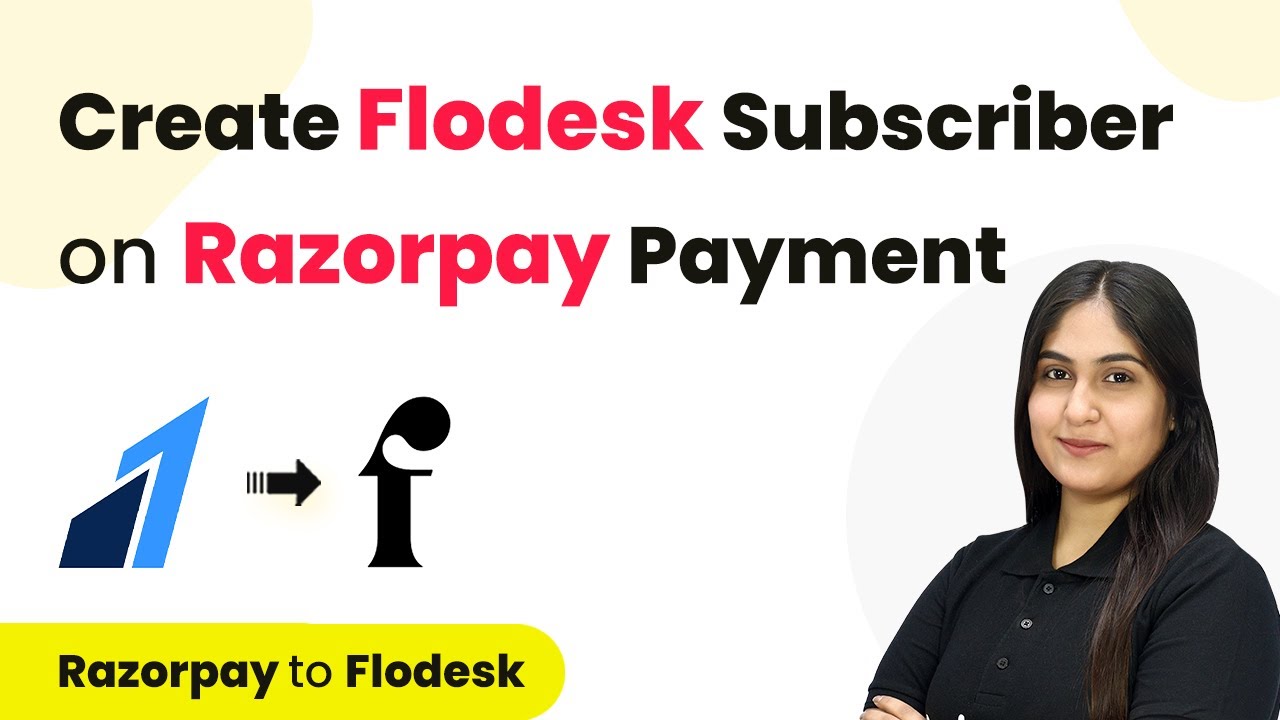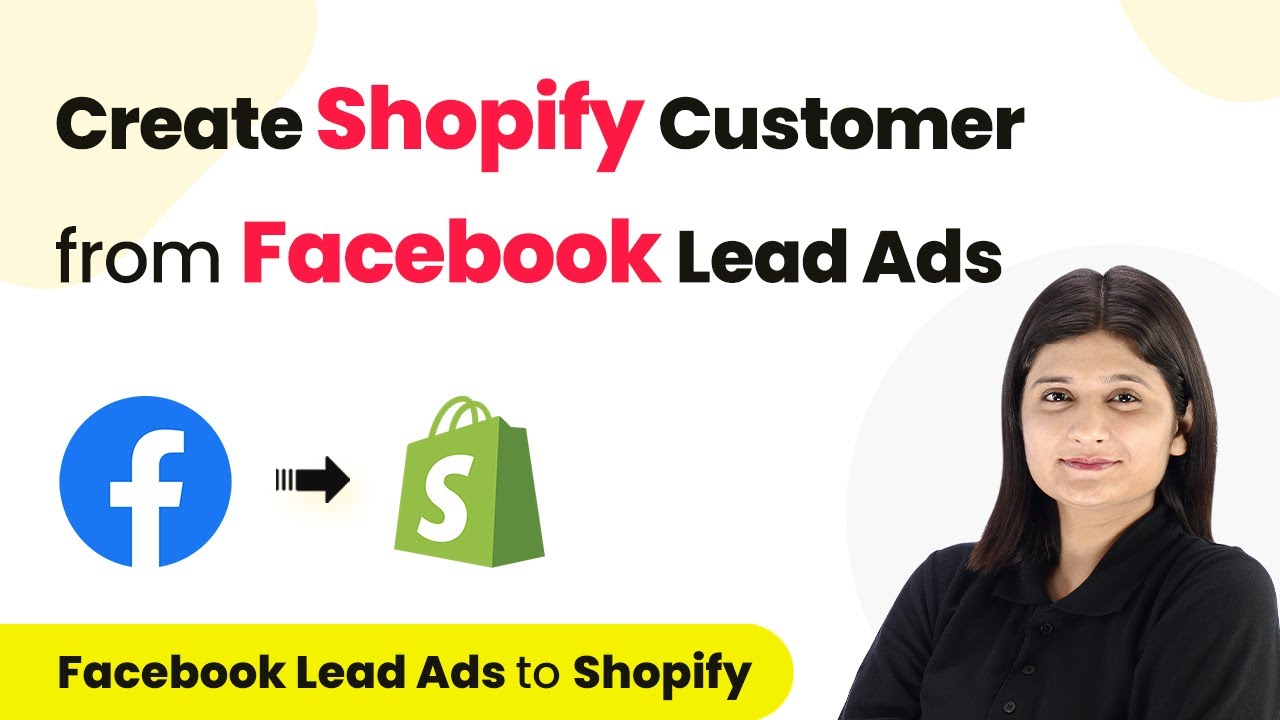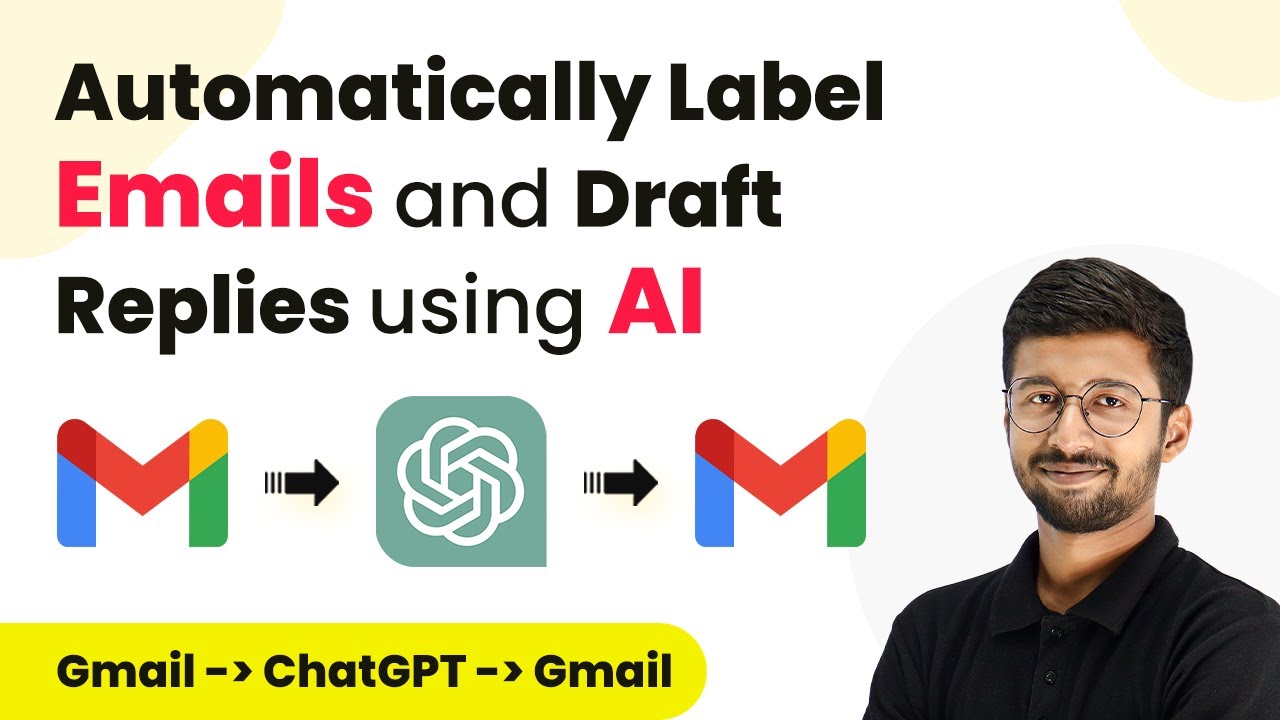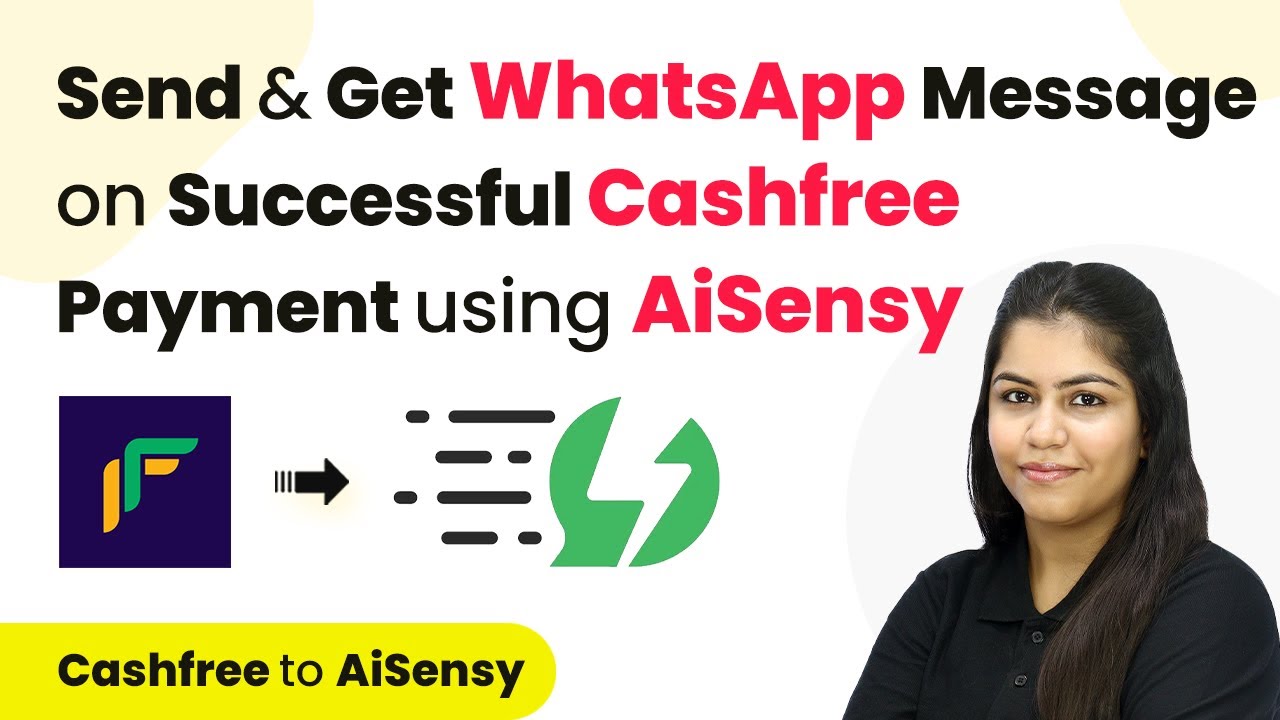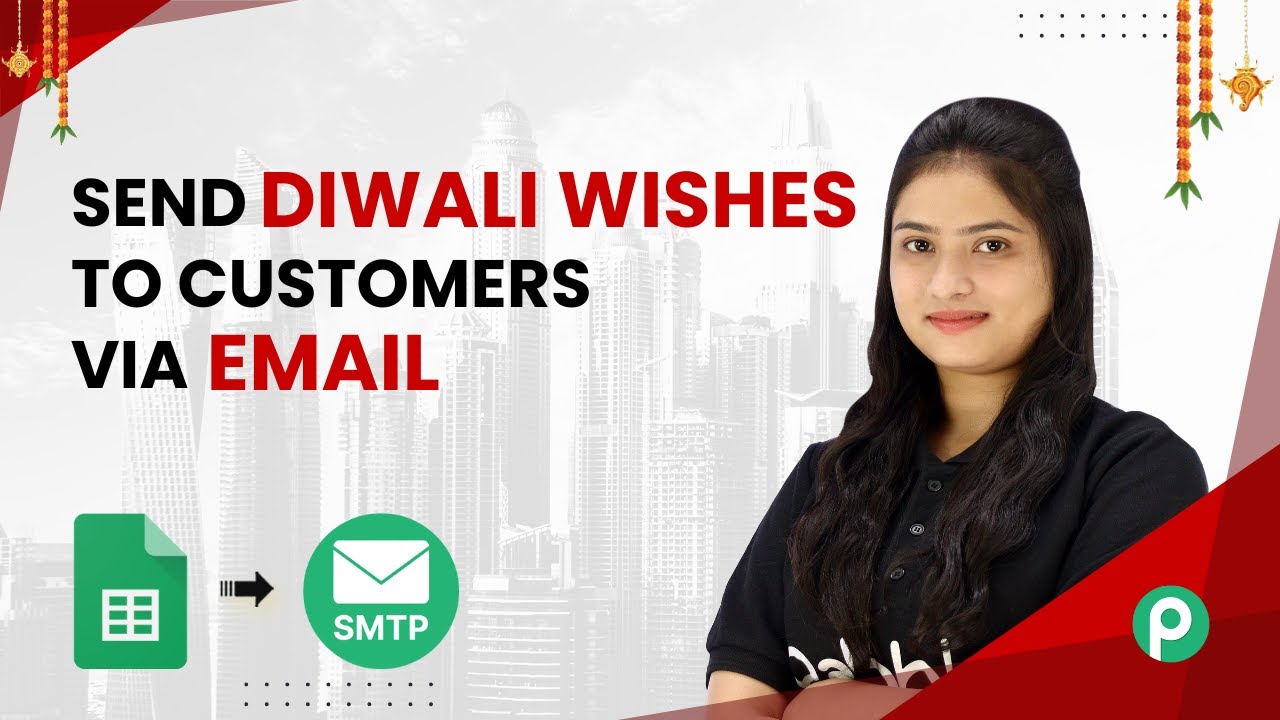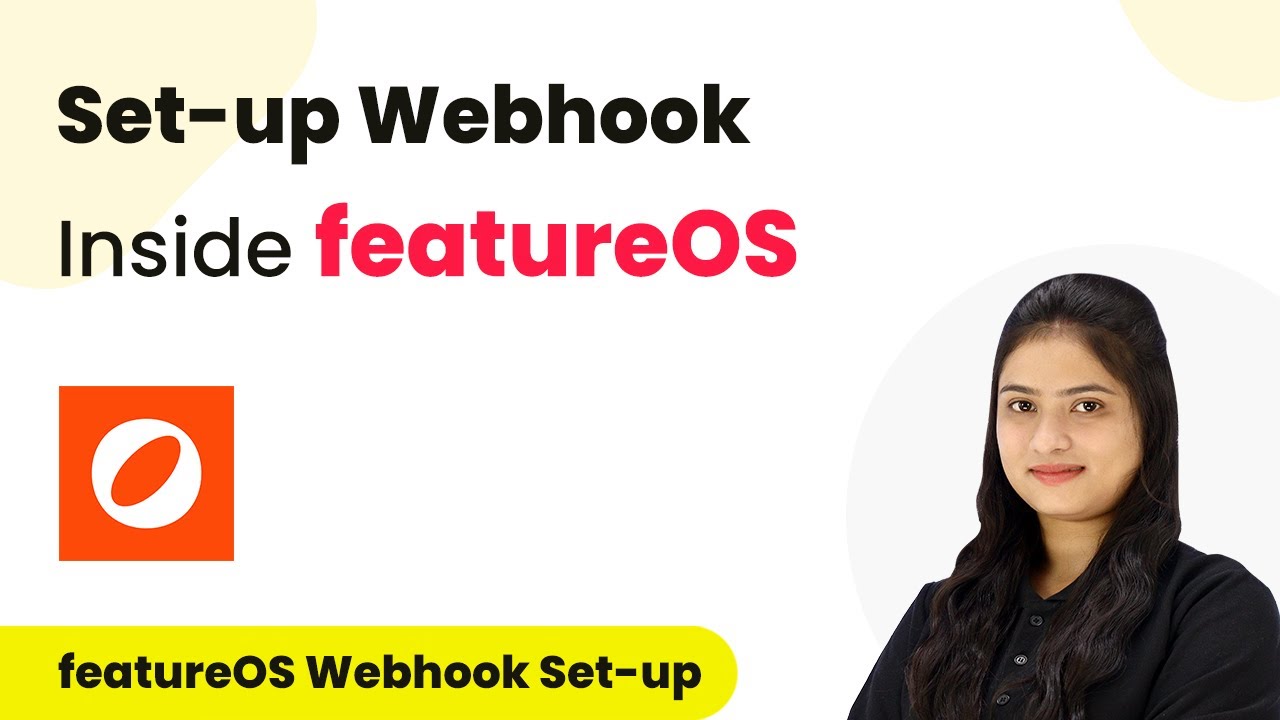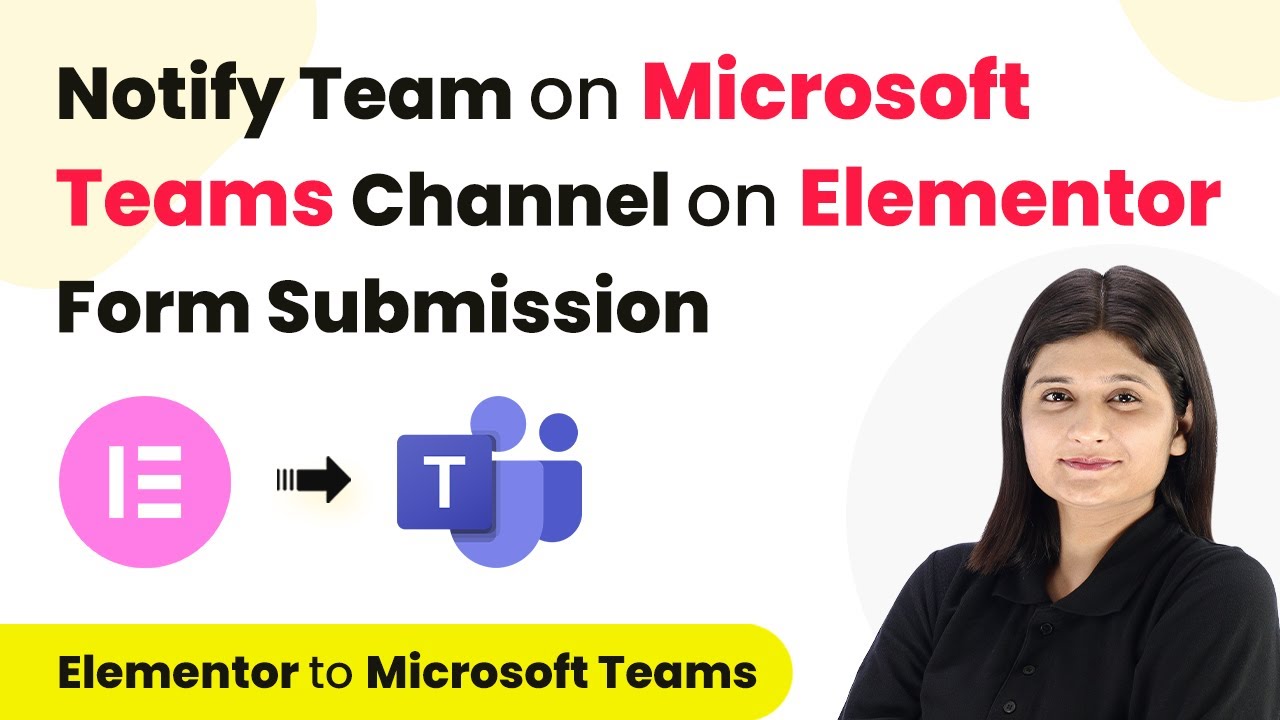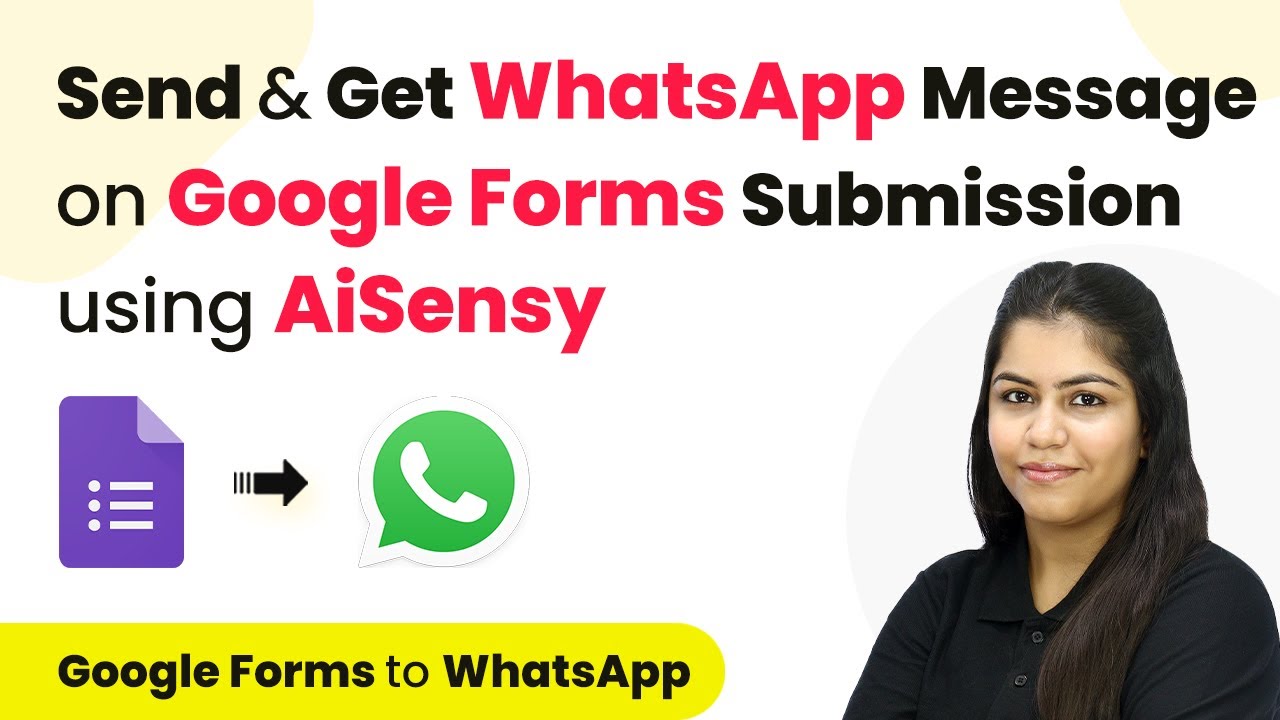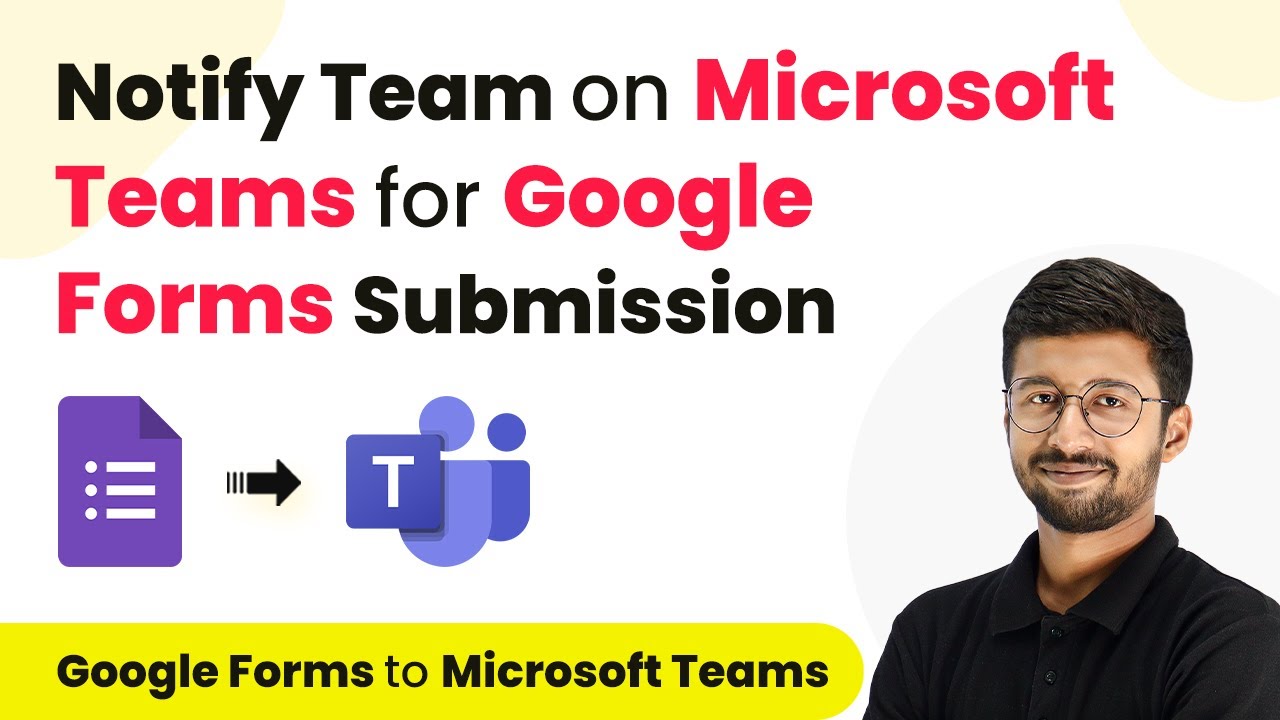Learn to automate your Razorpay payments by integrating with Flowdesk using Pabbly Connect. Step-by-step tutorial with detailed instructions. Navigate the automation landscape confidently with clear, structured guidance suitable for professionals regardless of prior technical experience.
Watch Step By Step Video Tutorial Below
1. Accessing Pabbly Connect for Integration
To start the integration process, first access Pabbly Connect by visiting the official website. You can either sign in if you are an existing user or click on ‘Sign Up Free’ to create a new account and get 100 free tasks every month.
Once you sign in, you will see the dashboard of Pabbly Connect. This is where you can create workflows to automate tasks between Razorpay and Flowdesk. Click on the ‘Create Workflow’ button located at the top right corner to begin.
2. Creating a Workflow in Pabbly Connect
In the workflow creation dialog, name your workflow something descriptive, like ‘Create Flowdesk Subscriber on Razorpay Payment’. Choose a folder to save your workflow, such as ‘Automations’. This organization helps you manage multiple workflows effectively.
- Name your workflow appropriately.
- Select a folder for better organization.
- Click on ‘Create’ to finalize your workflow.
After creating the workflow, you will see the trigger and action setup options. This is where Pabbly Connect shines by allowing you to set up automation seamlessly. Next, select Razorpay as your trigger application.
3. Setting Up the Trigger in Pabbly Connect
Select Razorpay as the trigger application, and choose the event as ‘Payment Captured’. This means every time a new payment is captured, Pabbly Connect will trigger the workflow.
Upon selecting the trigger event, you will receive a webhook URL. This URL is crucial as it connects Razorpay with Pabbly Connect. Copy this URL and head over to your Razorpay account to set up the webhook.
- Go to Razorpay account settings.
- Navigate to Webhooks and add a new webhook.
- Paste the copied webhook URL and select ‘Payment Captured’ as the active event.
After setting up the webhook in Razorpay, return to Pabbly Connect to test the integration. You will need to make a test payment to verify that the webhook is functioning correctly.
4. Testing the Integration with a Test Payment
To test the integration, navigate to your Razorpay payment page and enter dummy data to simulate a payment. For example, fill in the first name, last name, and email with test information.
Once you make the payment using a UPI ID, Pabbly Connect will capture this payment and send the relevant data back to the workflow. You should see the details like order ID, phone number, and customer information in the workflow response.
Enter the test payment details accurately. Select UPI as the payment method. Confirm the payment to trigger the webhook.
Once the payment is confirmed, check back in Pabbly Connect to ensure the data was received correctly. This step is crucial for verifying that your integration is working as intended.
5. Adding the Subscriber in Flowdesk
Now that you have confirmed the payment data is received, the next step is to add the customer as a new subscriber in Flowdesk. Select Flowdesk as the action application and choose ‘Create or Update Subscriber’ as the action event.
Connect your Flowdesk account by clicking on ‘Add New Connection’. Once connected, proceed to map the fields from the Razorpay payment data to Flowdesk. For example, map the customer’s email, first name, and last name to the respective fields in Flowdesk.
Map the email from Razorpay to Flowdesk. Map the first and last names accordingly. Ensure to select ‘No’ for send opt-in confirmation emails.
After mapping all necessary fields, click on ‘Save and Send Test Request’. If successful, you will see the new subscriber added in your Flowdesk account, confirming that the integration via Pabbly Connect is complete.
Conclusion
This tutorial demonstrated how to effectively integrate Razorpay with Flowdesk using Pabbly Connect. By following these steps, you can automate the process of adding new subscribers whenever a payment is captured, saving time and enhancing customer engagement.
Ensure you check out Pabbly Connect to create business automation workflows and reduce manual tasks. Pabbly Connect currently offer integration with 2,000+ applications.
- Check out Pabbly Connect – Automate your business workflows effortlessly!
- Sign Up Free – Start your journey with ease!
- 10,000+ Video Tutorials – Learn step by step!
- Join Pabbly Facebook Group – Connect with 21,000+ like minded people!
